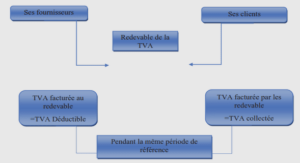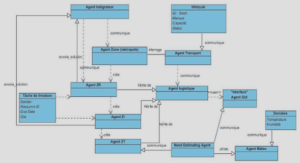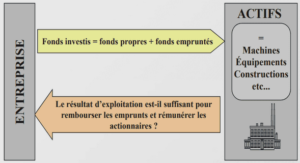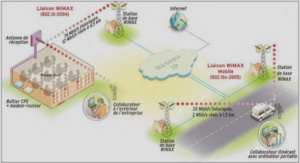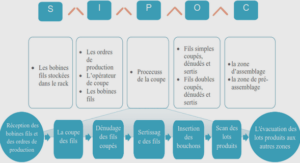Mesure des propriétés des nuages de glace d’eau tropicaux avec OMEGA
The OMEGA near-infrared imaging spectrometer
Spacecraft orbit
The orbit of Mars Express was chosen to provide good observing conditions both during daytime (optical systems) and nighttime (radar sounding). The orbit pericenter moves over the planet, at an altitude of around 300 km, covering regions at various local times.
The orbit is nearly polar, having an inclination of ∼86.6◦ (Hechler and Yanez, 2003). It was in resonance (i.e. the spacecraft returns to the same latitude after 11 orbits and 3 sols, with a slight change in longitude) until the end of 2007, when it switched to a 15 :8 resonance. In our study, only nadir observations are considered, and corres64 4.5. Inversion method pond to the parts of the orbit where altitude is lower than 4500 km (see Langevin et al. (2007) and Fig. 2 therein).
Instrument characteristics
Point sur . . . . . . OMEGA is an imaging spectrometer that provides spectral image cubes (x,λ,y) of ▲✬✐♥str✉♠❡♥t ❖▼❊●❆ the atmosphere and the surface. Wavelength ranges from 0.35 to 5.1 µm, using three different channels and a total of 352 spectels. These three channels are called « visible » (0.35-1.05 µm), « C » (1-2.77 µm) and « L » (2.65-5.1 µm). Visible channel is built in a pushbroom configuration, whereas C and L sensors operate in a whiskbroom mode. As we said earlier, the altitude of the spacecraft ranges from 300 to 4500 km when the planet is observed in nadir viewing mode.
Consequently, the swath width is changed to 16, 32, 64 or 128 pixels, in order of increasing altitude. The instantaneous field of view (IFOV) is equal to 1.2 mrad, resulting in a spatial resolution of ∼0.35-5.4 km. The swath width thus ranges from ∼5 km to ∼600 km, giving access to cloud regional distribution as well as local morphological details. Spectral resolution λ/2∆λ ranges from 50 to 100, corresponding to a ∆λ of ∼0.013- 0.02 µm. The signal over noise ratio (S/N) is at least equal to 100 over the entire spectrum (Bibring et al., 2004a). Further technical details on the instrument are given in the uncertainty study (section 4.6).
Observing period
The observations used in this paper cover the period from January 2004 to the end of December 2008. Following the chronology of Clancy et al. (2000) (with the first martian year beginning on April 11, 1955), this approximately corresponds to the end of MY26 (Ls=330◦ ) and to the middle of MY29 (Ls=180◦ ). Consequently, three aphelion seasons are analyzed at different local times for MY27, 28, and 29.
Measured physical quantity
Point sur . . . . . . From raw OMEGA data in DN (Digital Number), the OMEGA software (which is hereversion 7) computes a radiance Iλ (W m−2 µm−1 sr−1 ). In reflectance spectroscopy, this radiance is then divided by the solar radiance at Mars distance to give the radiance factor rF . Assuming a Lambertian surface, the spherical reflectance rs is equal to the normal albedo AN and rs = AN = rF µ0 = IΩ µ0ISun , (4.1) where µ0 is the cosine of the incidence angle. This quantity is extensively used hereinafter and referred simply as “reflectance

